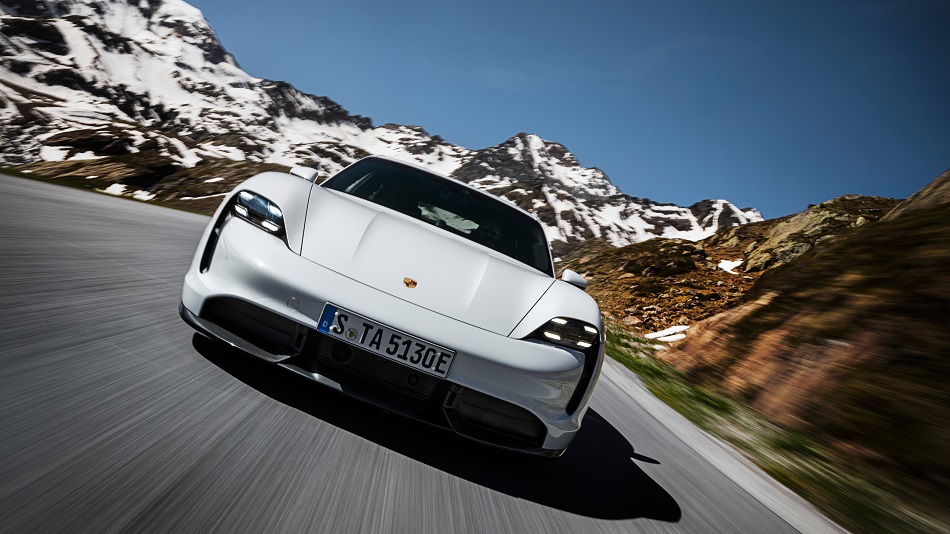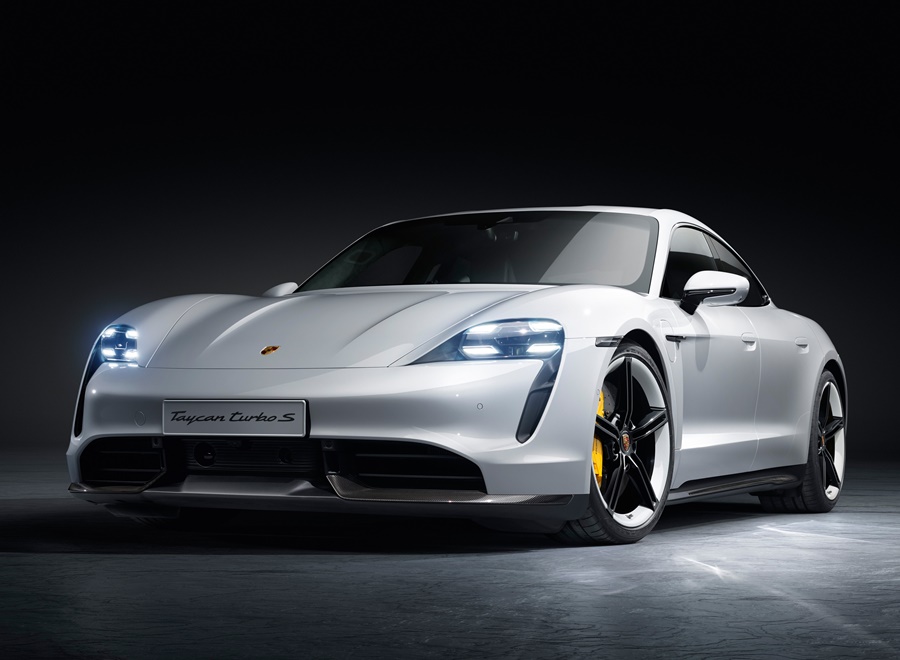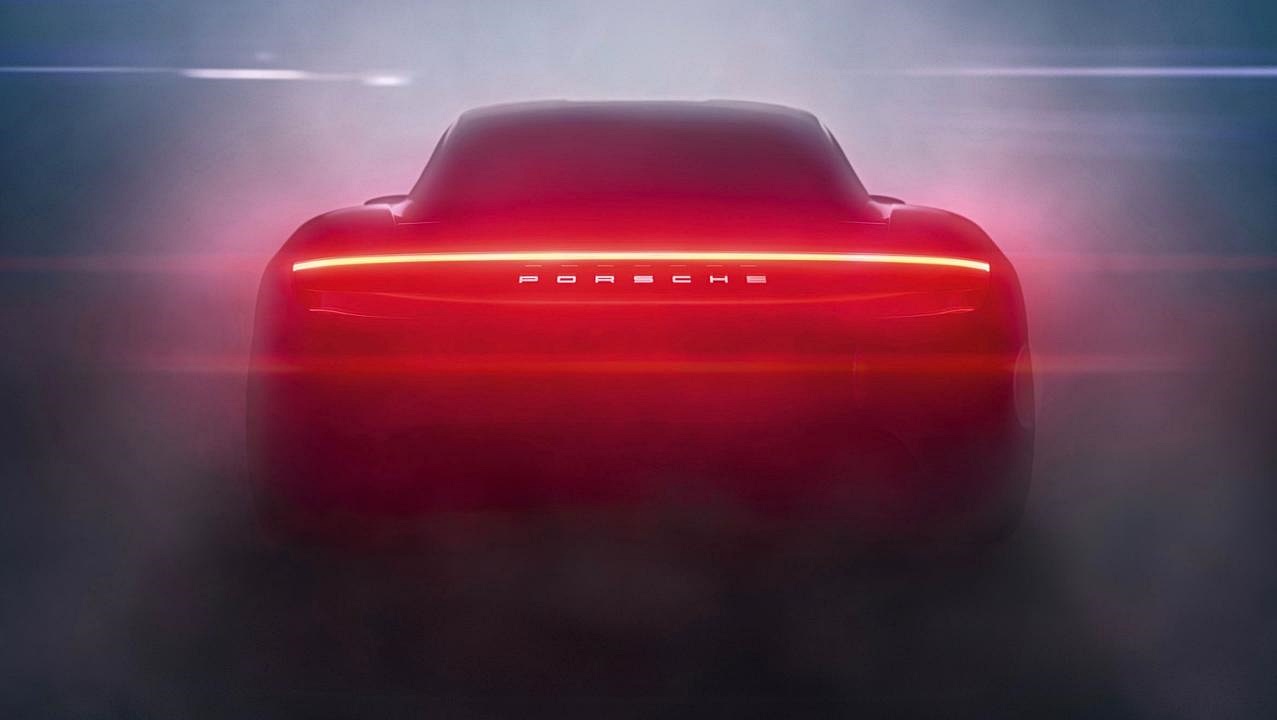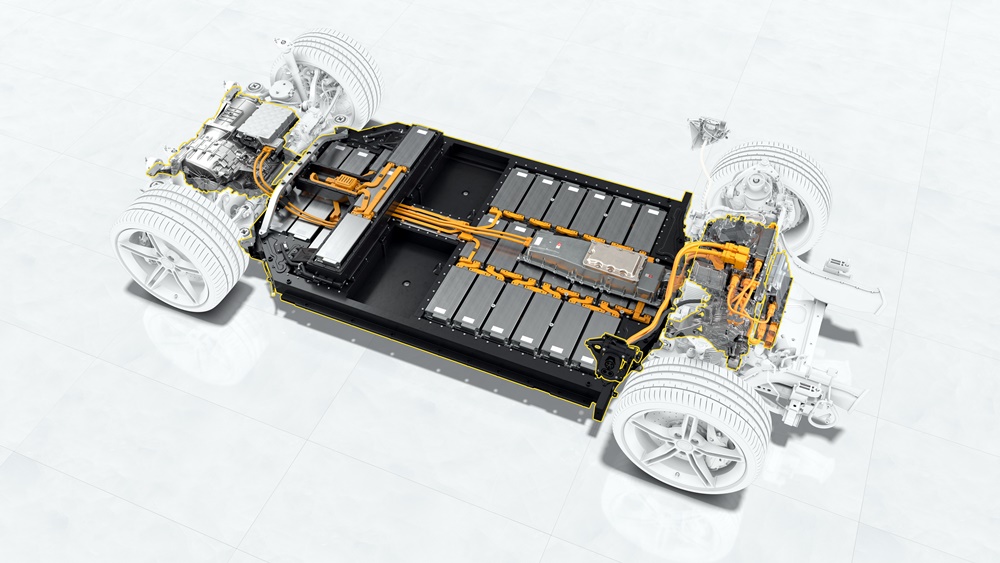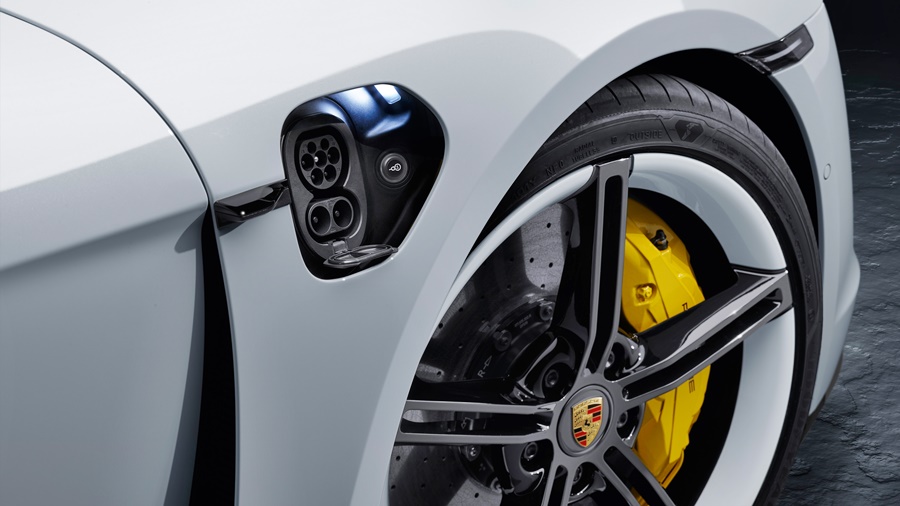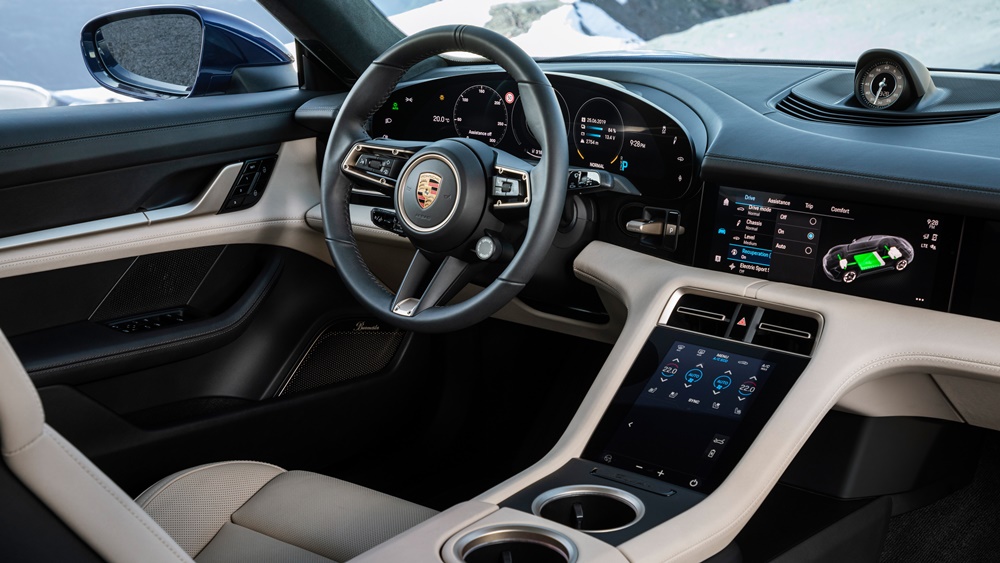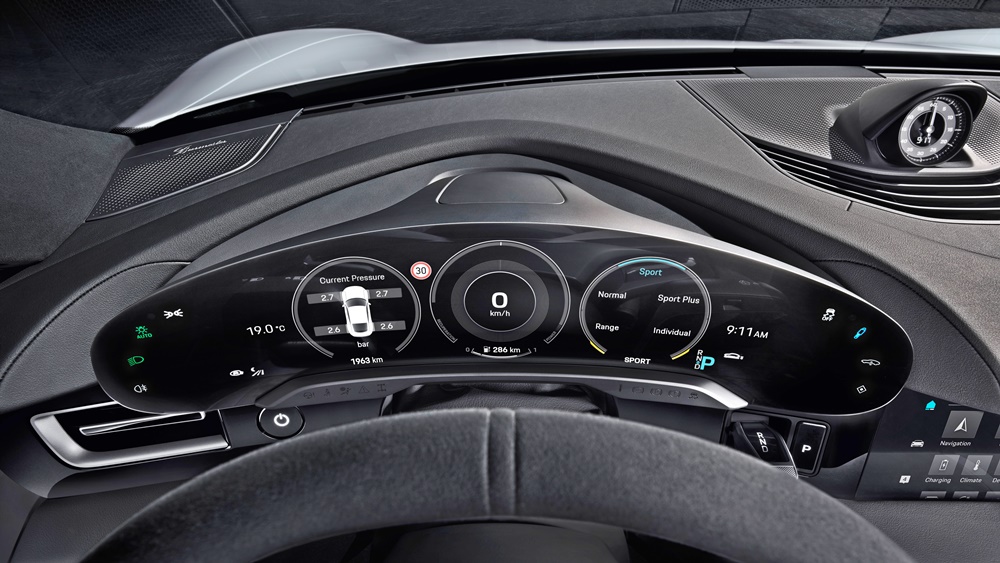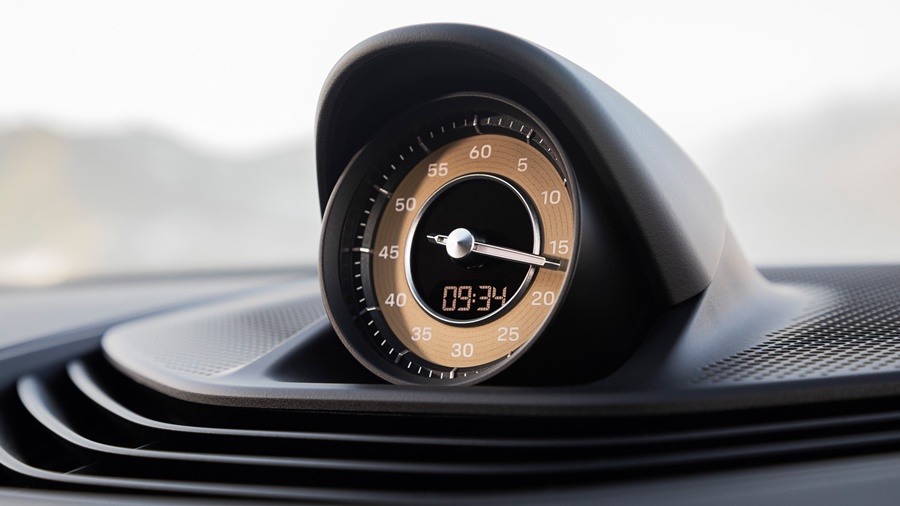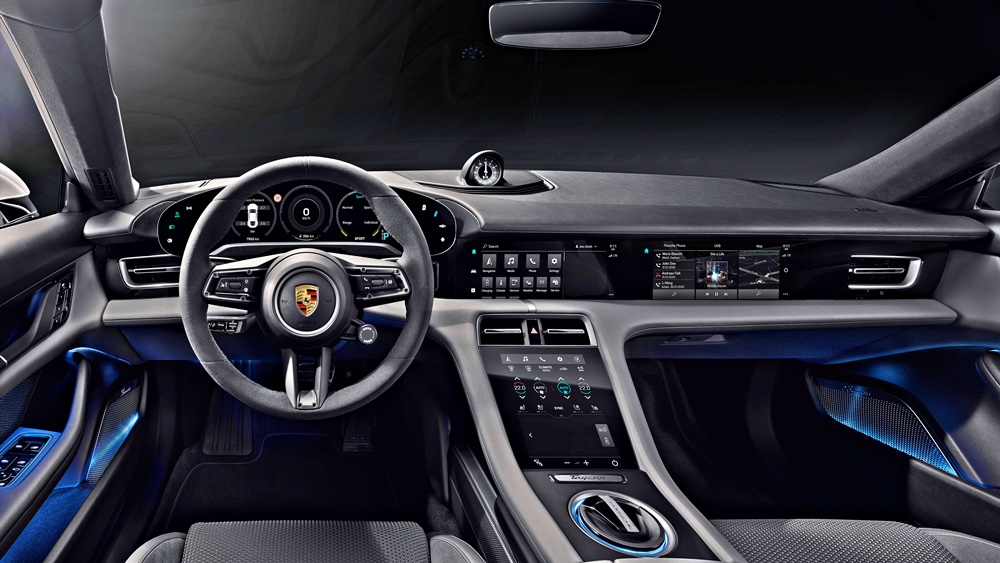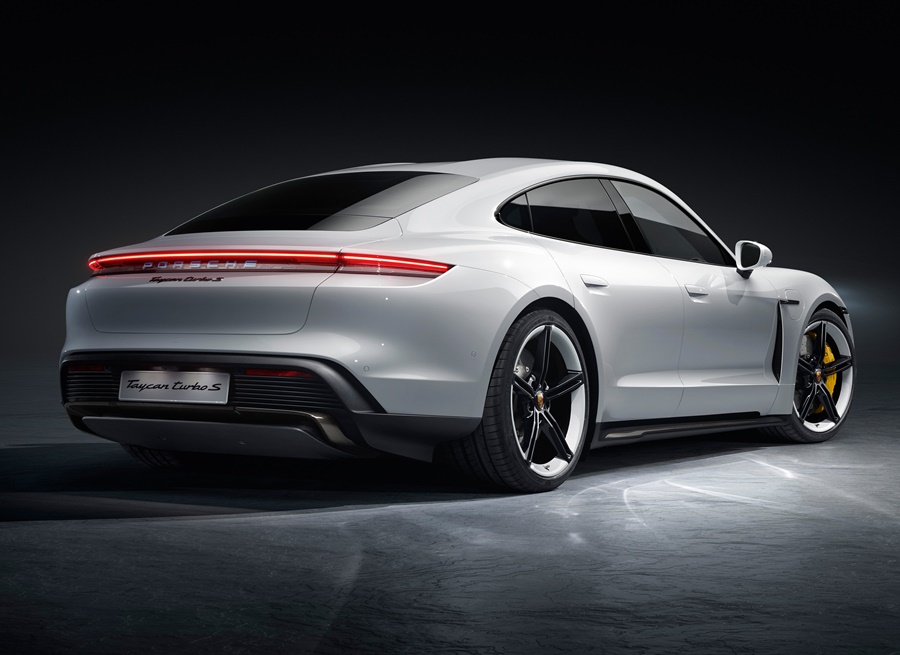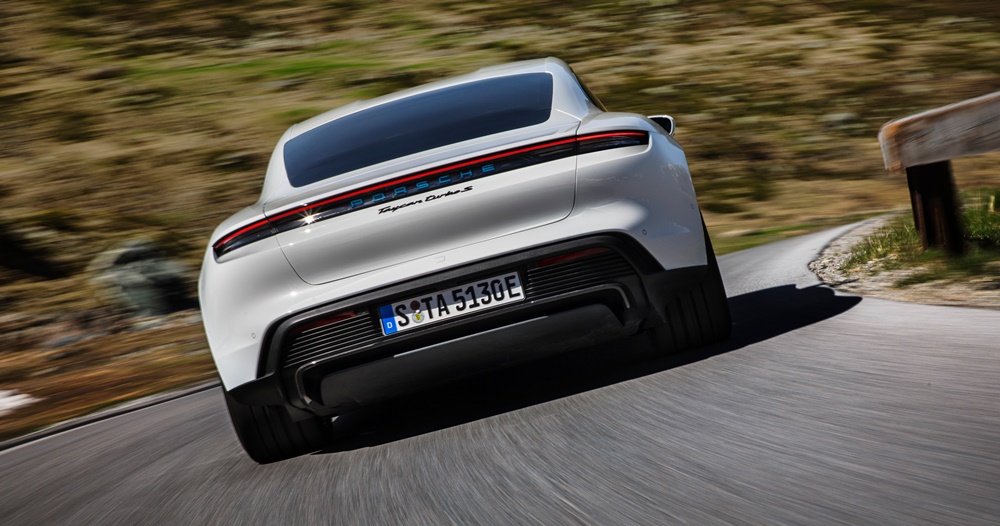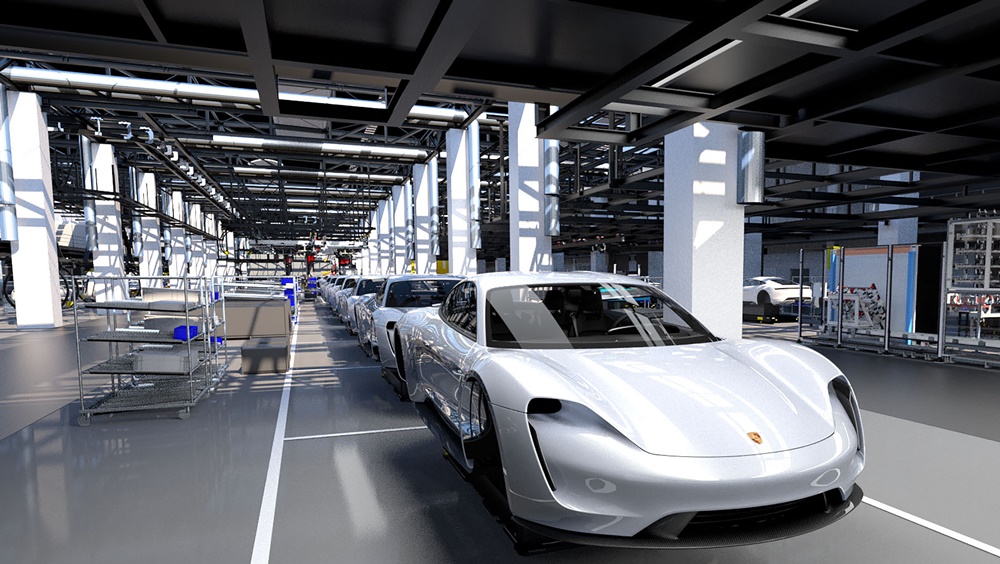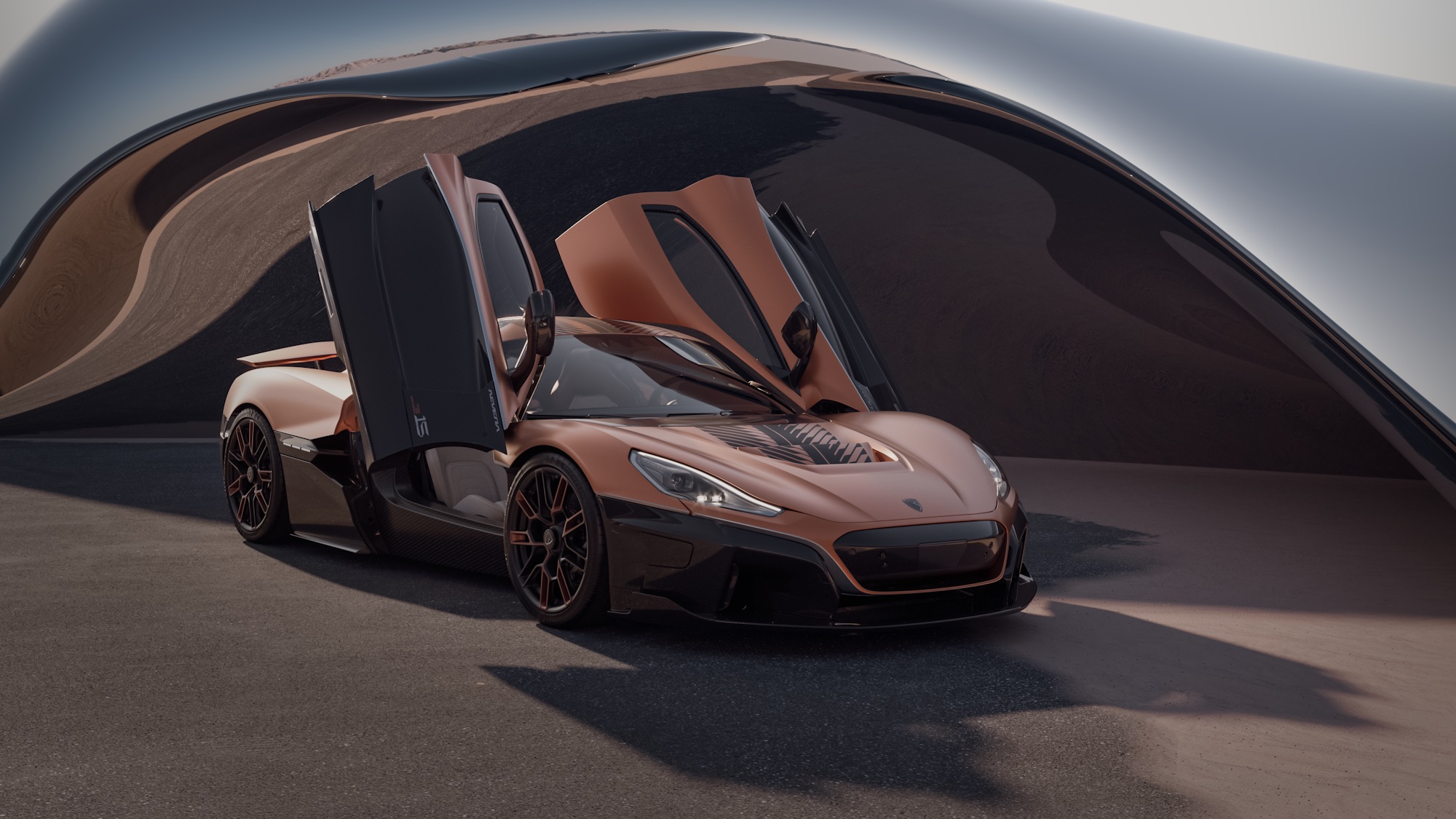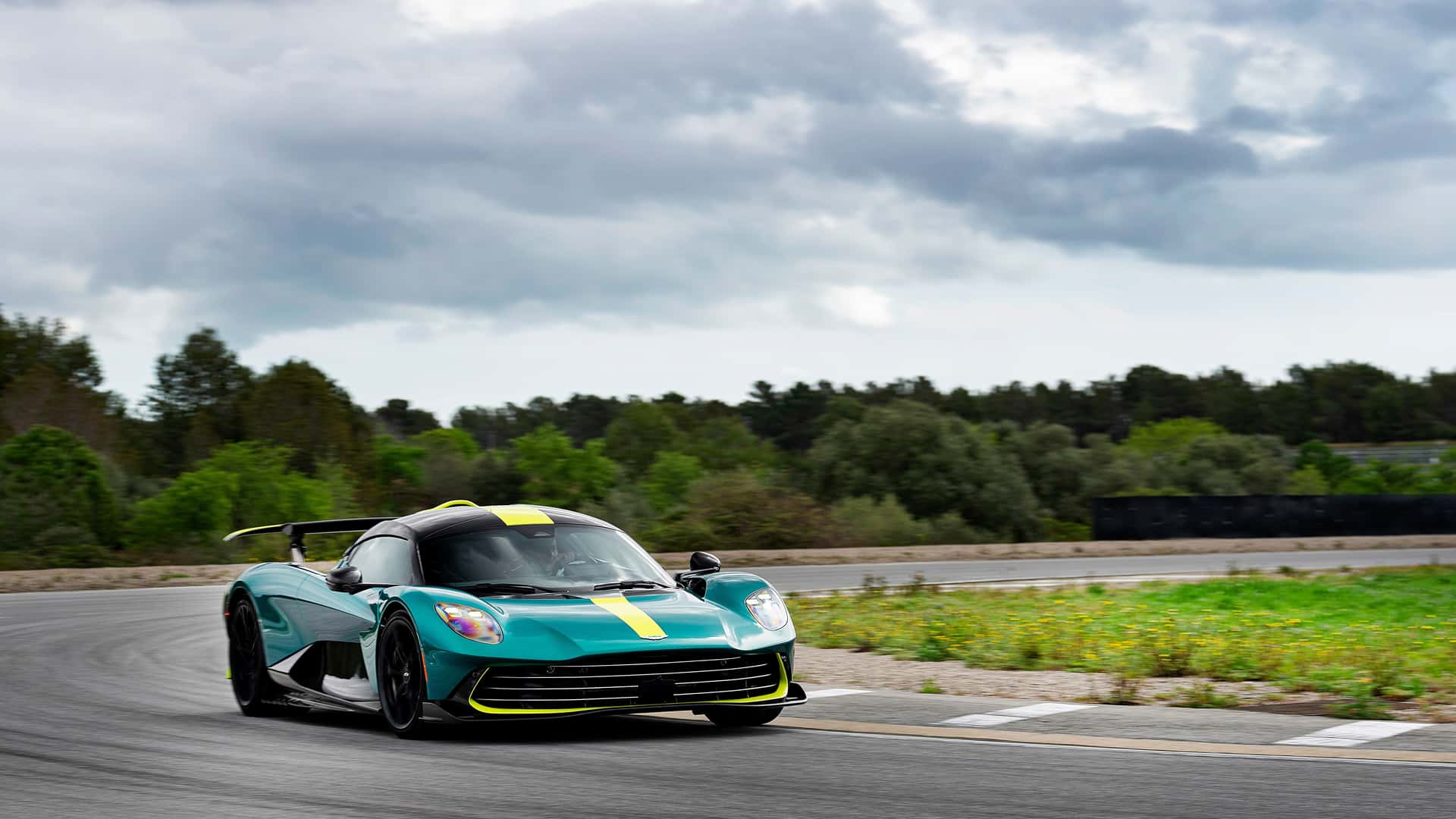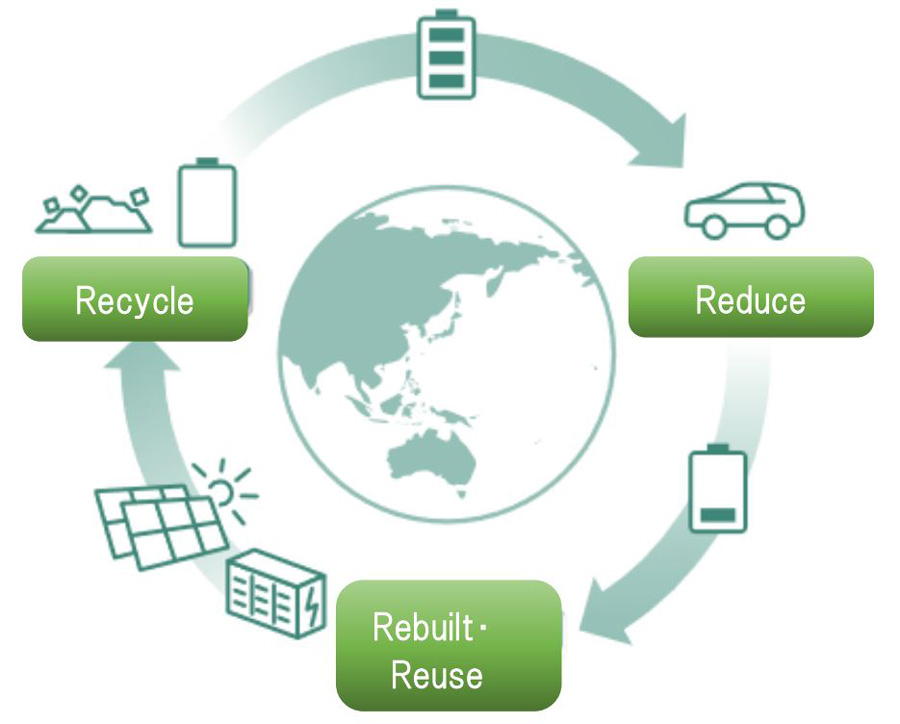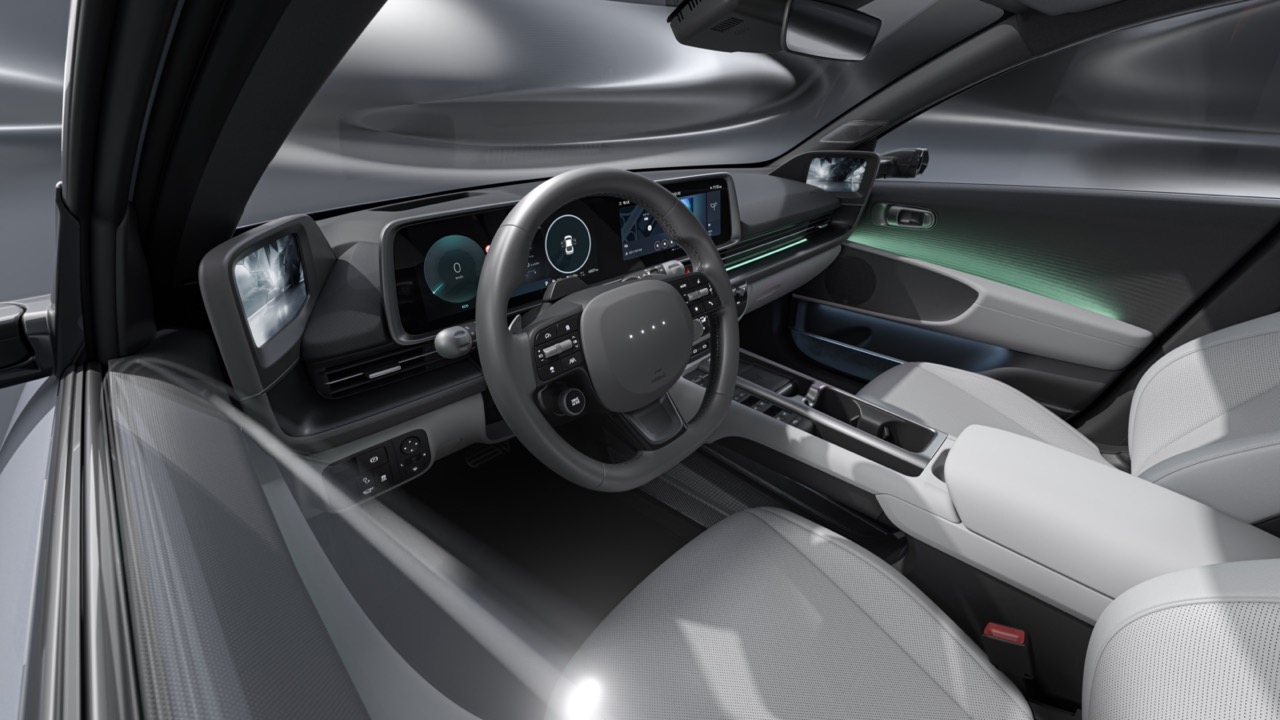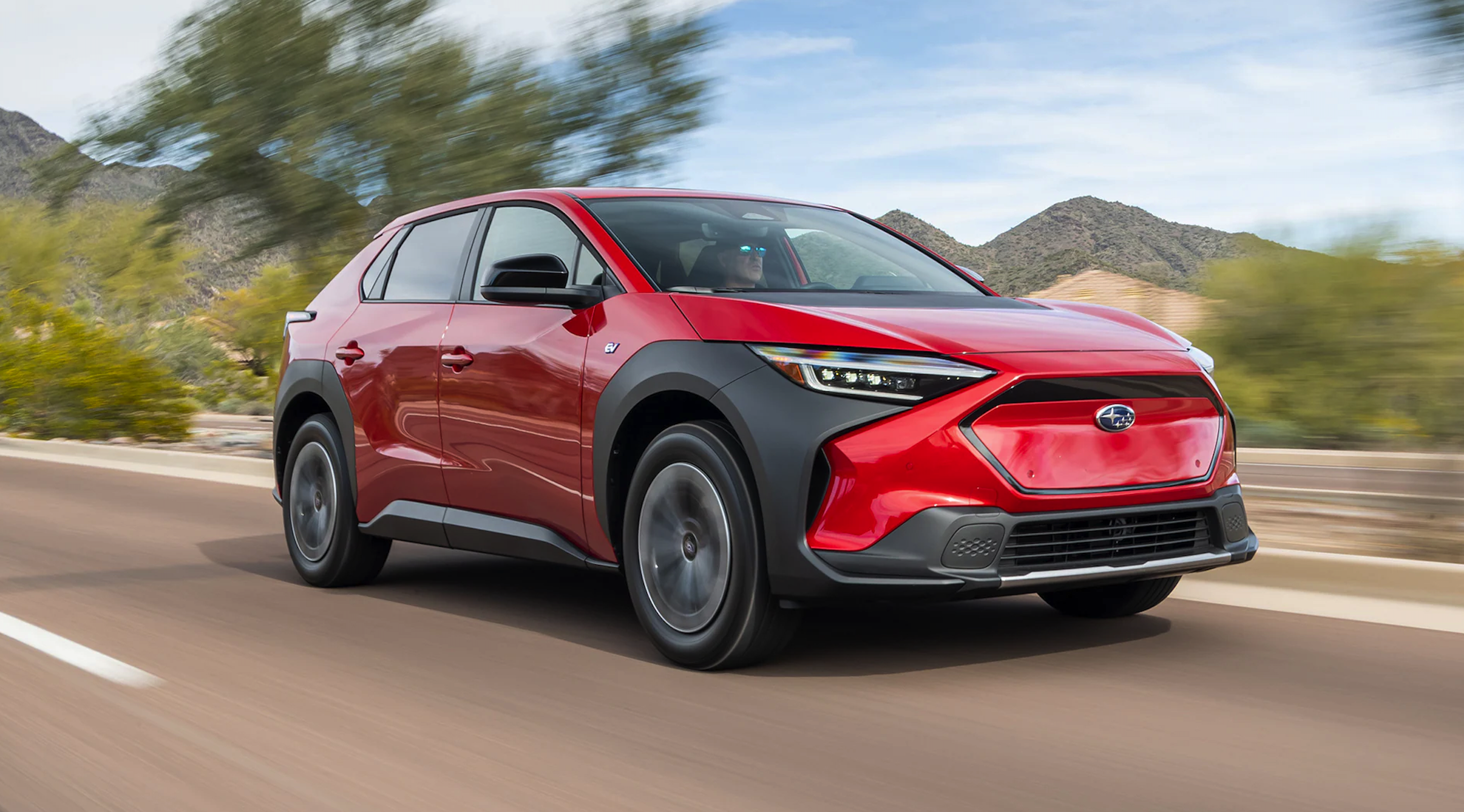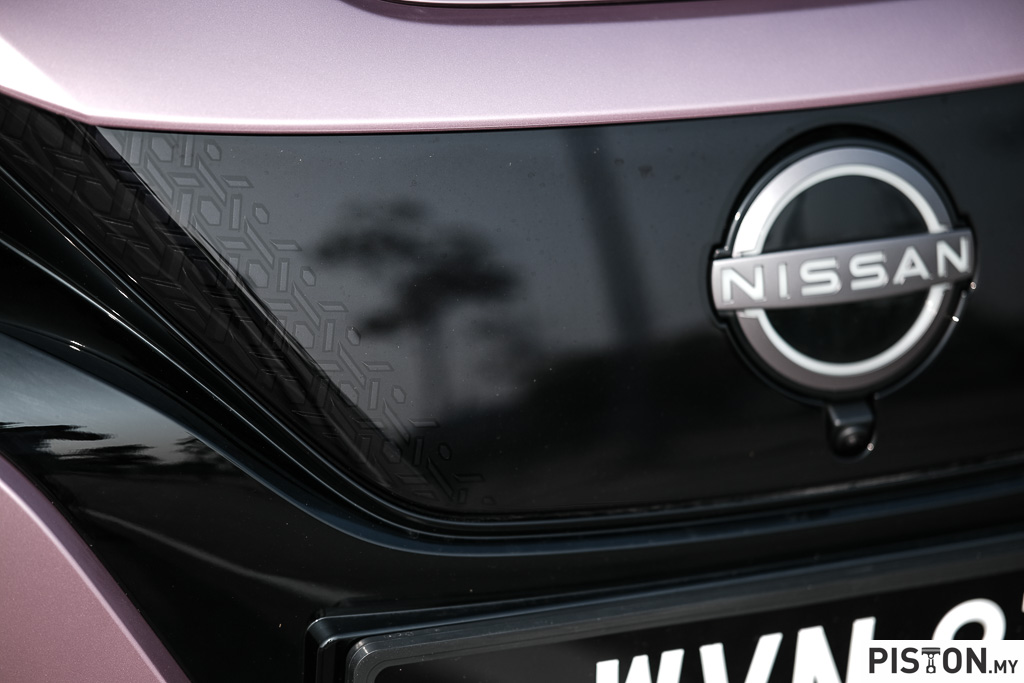Since this year began, Porsche has been telling the world a lot about its first all-electric sportscar, with only the shape being camouflaged in the pictures. This has certainly built up anticipation and interest in the new model called the Taycan, and now it is finally presented in complete form.
The Taycan’s world premiere took place simultaneously in North America, China and Europe, which will be the most important markets of the new sportscar. The event locations also highlighted three ways of sustainable energy management: Niagara Falls at the border between the US state of New York and the Canadian province of Ontario representing hydro-power; a solar farm in Neuhardenberg near Berlin representing solar power; and a wind farm on Pingtan Island, around 150 kms from the Chinese city of Fuzhou representing wind power.
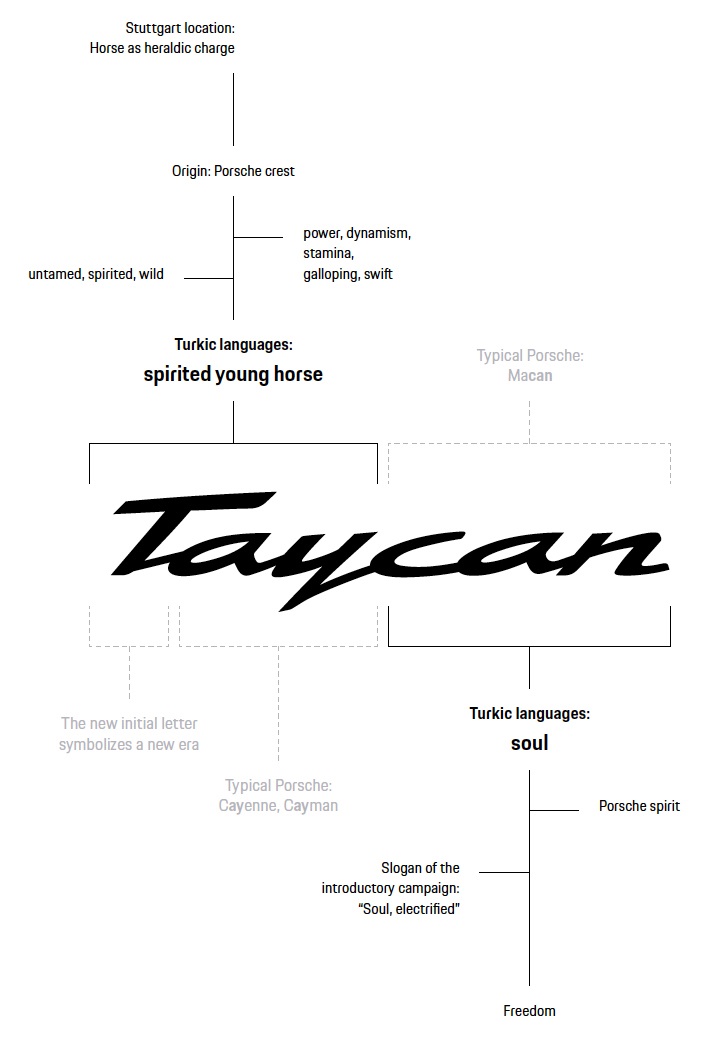
Speaking at the Berlin venue, Oliver Blume, Chairman of the Executive Board of Porsche AG, said: “The Taycan links our heritage to the future. It carries forward the success story of our brand – a brand that has fascinated and thrilled people the world over for more than 70 years.”
The range will start off with two variants – Taycan Turbo S and Taycan Turbo (Turbo? Where?). At the cutting edge of Porsche E-Performance, they are among the most powerful production models currently offered by the company. Lower-powered variants of these will also be introduced before the end of this year. The first derivative to be added will be the Taycan Cross Turismo at the end of next year.
Performance meets efficiency
The flagship Taycan Turbo S can generate up to 560 kW/761 ps while the Taycan Turbo generates up to 500 kW/680 ps. Claimed 0 to 100 km/h times are 2.8 seconds and 3.2 second, respectively. With a fully-charged battery pack, the Turbo S is said to have a range of up to 412 kms, while the Turbo can go up to 450 kms. Top speeds of both variants, which have standard all-wheel-drive, is claimed to be 260 km/h.
The Taycan is the first production vehicle with a system voltage of 800 volts instead of the usual 400 volts for electric cars. This is a particular advantage for Taycan owners: in just over 5 minutes, the battery can be recharged using direct current (DC) from the high-power charging network for a range of up to 100 kms. The charging time for 5% to 80% percent SoC (state of charge) is 22.5 minutes for charging under ideal conditions, and the maximum charging power (peak) is 270 kW. The overall capacity of the Performance Battery Plus is 93.4 kWh. Taycan drivers can comfortably charge their cars with up to 11 kW of alternating current (AC) at home.
Pure exterior design with Porsche DNA
With its clean, puristic design, the Taycan signals the beginning of a new era. At the same time, it retains the unmistakable Porsche design DNA. From the front, it looks particularly wide and flat with highly contoured wings. The silhouette is shaped by the sporty roofline sloping downward to the rear.
The sleek cabin, the drawn-in rear C-pillar and the pronounced shoulders of the wings result in a sharply emphasised rear, typical of the brand. There are also innovative elements such as the glass-effect Porsche logo, which has been integrated into the light bar at the rear. With a Cd value from 0.22, the aerodynamically-optimised basic shape makes a significant contribution to low energy consumption and thus helps extend range.
Unique interior design
The cockpit also signals the start of a new era with its clear structure and a completely new architecture. The freestanding, curved instrument cluster forms the highest point on the dashboard. This places a clear focus on the driver axis. A central, 10.9-inch infotainment display and an optional passenger display are combined to form an integrated glass band in a black-panel look.
The number of classic hardware controls such as switches and buttons has been greatly reduced. Instead, control is intelligent and intuitive – using touch operation or the voice control function, which responds to the command ‘Hey Porsche’.
With the Taycan, Porsche offers an entirely leather-free interior for the first time. Interiors made from innovative recycled materials underscore the sustainable concept of the electric sports car. ‘Foot garages’ – recesses in the battery in the rear footwell – ensure sitting comfort in the rear and allow the low height typical of sportscars. Two luggage compartments are available: the front compartment has a capacity of 81 litres and the rear 366 litres.
Innovative drive motors, 2-speed transmission
The Taycan Turbo S and Taycan Turbo have two exceptionally efficient electric propulsion systems – one on the front axle and one on the rear axle, thus making the cars all-wheel drive. The motors, transmission and pulse-controlled inverter are each combined into a compact drive module. The modules have the highest power density (kW per litre of package space) of all electric powertrains on the market today.
A special feature of the electric motors is the ‘hairpin’ winding of the stator coils. This technology makes it possible to incorporate more copper in the stator, increasing power output and torque while maintaining the same component volume.
The two-speed transmission installed on the rear axle is an innovation developed by Porsche. First gear gives the Taycan even more acceleration from a standing start, while second gear with a long gear ratio ensures high efficiency and equally high power reserves. This also applies at very high speeds.
Centrally networked chassis systems
Porsche uses a centrally networked control system for the Taycan chassis. The integrated Porsche 4D Chassis Control analyses and synchronises all chassis systems in real time. The innovative chassis systems include adaptive air suspension with three-chamber technology including PASM (Porsche Active Suspension Management) electronic damper control, as well as the Porsche Dynamic Chassis Control Sport (PDCC Sport) electromechanical roll stabilisation system including Porsche Torque Vectoring Plus (PTV Plus).
The all-wheel drive control with two electric motors and the recuperation system are unique. At up to 265 kW, the potential recuperation power is significantly higher than that of competitors. Driving tests have shown that approximately 90% of everyday braking is performed by the electric machines alone – without the hydraulic wheel brakes being activated.
Prices start from RM632,000
In the US market, prices for the Taycan start from US$150,000 (about RM632,000) and as mentioned earlier, lower-powered variants will be available as well and these should cost less. The first customers will receive their cars at the beginning of next year.
Click here for other news and articles about Porsche in PISTON.MY




